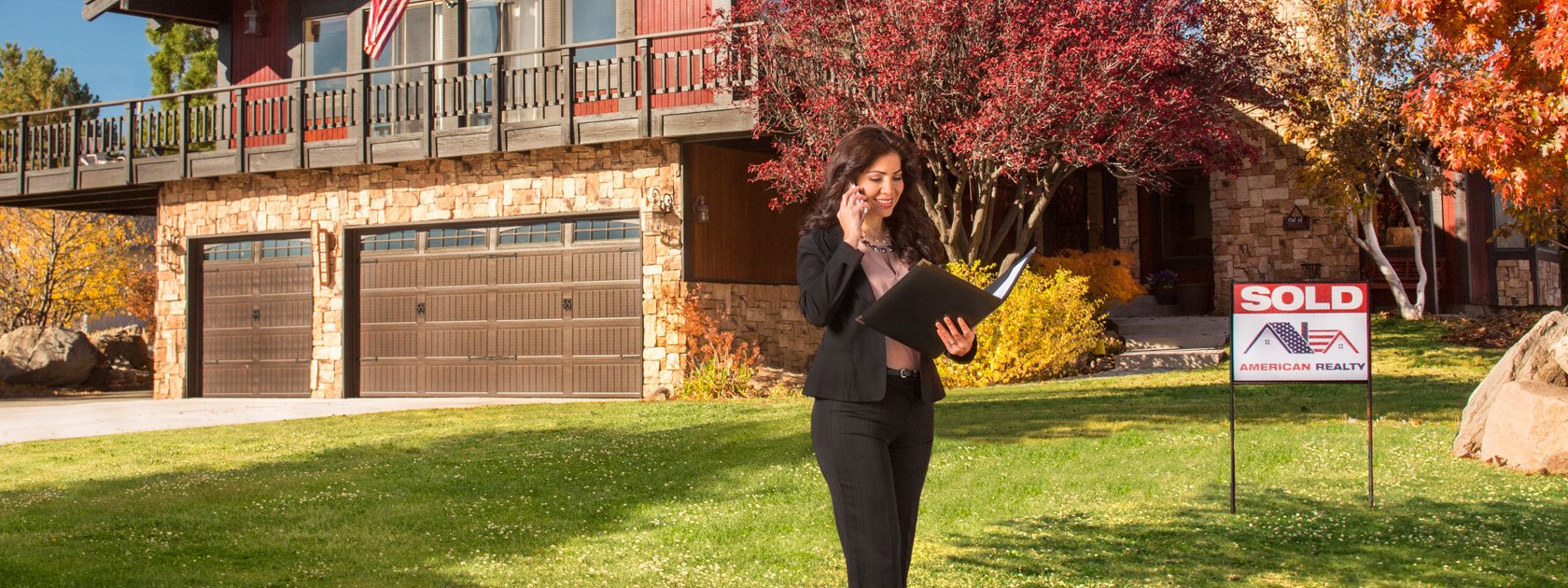
Safety Tips for Real Estate Agents Showing Homes
A Denver real estate agent recently survived an attack while showing a house thanks to her quick thinking. Other agents haven’t been as lucky, which is why the National Association of REALTORS® (NAR) observes September as REALTOR Safety Month, reminding its nearly 1.4 million members and the nation’s 2 million active real estate agents to keep personal safety top of mind because their jobs come with inherent risks.
The real estate and rental and leasing occupation saw 69 deaths in 2017, according to the Bureau of Labor and Statistics’ most recent National Census of Fatal Occupational Injuries. That gives the profession a fatal injury rate of 2.4 per 100,000 full-time equivalent workers.
NAR’s most recent annual report on REALTOR safety reveals 2% of its members were robbery victims and 1% were assault victims in 2018.
REALTORS and real estate agents put themselves at risk any time they show a house. The prospective buyers are usually strangers. Agents are often alone in the house and may overlook warnings signs and peculiarities about prospective buyers because they are trained to be polite and accommodating. They are vulnerable, and predators know it.
Safety basics
Real estate agent safety needs to be a priority. Agents should meet clients for the first time only at an office where there are colleagues present. They should vet the client, copying their driver’s license and putting that information on file. When not at the office, agents should let colleagues know their whereabouts at all times.
When possible, agents should only show a home with a colleague present versus going alone. They should avoid wearing expensive jewelry that makes them stand out as a possible robbery or kidnapping for ransom target. They should only show houses during daylight hours, if possible, and always have a prospect walk in front of them when showing the house. Prior to the showing, agents should ensure the area has good cellphone coverage and that their phone has full charge and service.
Some REALTORS and agents carry a variety of tools for personal protection, including a new safety device that alerts police at the touch of a button. Many also use their smartphone’s “find my phone” or GPS phone track features, or download smartphone safety apps such as HomeSnap Pro, Life 360 or SentriSmart.
If an agent feels uncomfortable or has a bad feeling about any client or situation, they should trust their instincts and avoid the situation and/or call 911. They should also familiarize themselves with NAR’s comprehensive safety materials available online, including the association’s “56 Safety Tips for REALTORS.”
The 10-Second Rule
As part of its REALTOR safety program, NAR trains its REALTORS to practice the “10-Second Rule.” It says one of the reasons REALTORS and agents end up in dangerous situations is because they are not paying attention. To counteract, they should take 10 seconds to observe and analyze their surroundings.
- When arriving at a property, agents should take 2 seconds and observe: Is there questionable activity in the area? Is there well-lit parking in a visible location? Would parking in the driveway allow the vehicle to be blocked in?
- After stepping out of the vehicle, agents should take 2 seconds and observe: Are suspicious people around? Is the agent’s final destination clear and understood?
- While walking to the destination, agents should take 2 seconds and observe: Are people actively trafficking the area, or is the area quiet? Are there any loiterers? Are there obstacles or hiding places on the street or in the parking area?
- Upon reaching the door, agents should take 2 seconds and observe: Is someone unexpected or unknown following? Does the situation feel uncomfortable or raise suspicions?
- When entering the destination, agents should take 2 seconds and observe: Is there anyone present who wasn’t expected or supposed to be there? Does anything seem out of place?
Those 10 seconds of mindfulness can save an agent’s life.
From tragedy, a movement
REALTORS and agents are particularly vulnerable when showing houses. Such was the case for Arkansas REALTOR Beverly Carter, who was killed by a couple pretending to be interested in buying a house as a cover for a robbery/kidnapping, which went horribly wrong.
Her son Carl, also a REALTOR, started the nonprofit Beverly Carter Foundation to educate real estate professionals by offering them safety advice, seminars and training programs to help ensure every agent goes home safe every day.
Among the foundation’s safety resources is a three-part guide to safety when holding an open house event, where agents spend a significant amount of time. It includes advice and precautions agents should take before showing a house, during the showing and after the showing. The foundation also emphasizes using modern technology to keep safe, including information about the differences between safety apps and personal security systems and how to use cloud-based cameras to boost safety.
EMPLOYERS® is committed to helping small businesses operate safer, more efficient workplaces. Contact EMPLOYERS® today to learn more about our cost-effective workers’ compensation insurance.
The information provided is intended to provide a general overview. This information is not legal advice and should not be relied on as such. EMPLOYERS® makes no warranties for the accuracy, adequacy, or completeness of the information provided, and will not be responsible for any actions taken based on the information contained herein. If you have legal questions or need legal advice, please consult an attorney.
